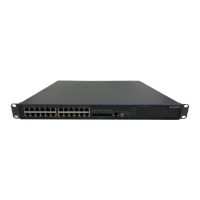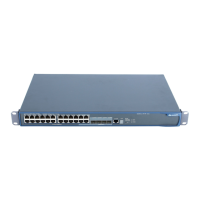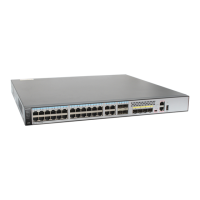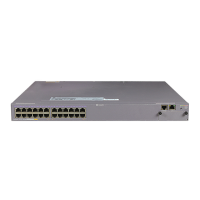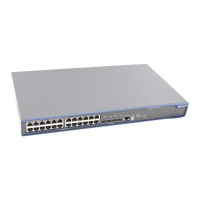Operation Manual – Multicast Protocol
Quidway S5600 Series Ethernet Switches-Release 1510 Chapter 1 Multicast Overview
Huawei Technologies Proprietary
1-8
Class D address range Description
224.0.0.4
Distance vector multicast routing protocol
(DVMRP) routers
224.0.0.5 Open shortest path first (OSPF) routers
224.0.0.6
Open shortest path first designated routers
(OSPF DR)
224.0.0.7 Shared tree routers
224.0.0.8 Shared tree hosts
224.0.0.9 RIP-2 routers
224.0.0.11 Mobile agents
224.0.0.12 DHCP server / relay agent
224.0.0.13 All protocol independent multicast (PIM) routers
224.0.0.14
Resource reservation protocol (RSVP)
encapsulation
224.0.0.15 All core-based tree (CBT) routers
224.0.0.16
The specified subnetwork bandwidth
management (SBM)
224.0.0.17 All SBMS
224.0.0.18 Virtual router redundancy protocol (VRRP)
224.0.0.19– 224.0.0.255 Other protocols
Note:
Like having reserved the private network segment 10.0.0.0/8 for unicast, IANA has also
reserved the network segments ranging from 239.0.0.0 to 239.255.255.255 for
multicast. These are administratively scoped addresses. With the administratively
scoped addresses, you can define the range of multicast domains flexibly to isolate IP
addresses between different multicast domains, so that the same multicast address
can be used in different multicast domains without causing collisions.
II. Ethernet multicast MAC address
When a unicast IP packet is transported in an Ethernet network, the destination MAC
address is the MAC address of the receiver. When a multicast packet is transported in
an Ethernet network, a multicast MAC address is used as the destination address
because the destination is a group with an uncertain number of members.

